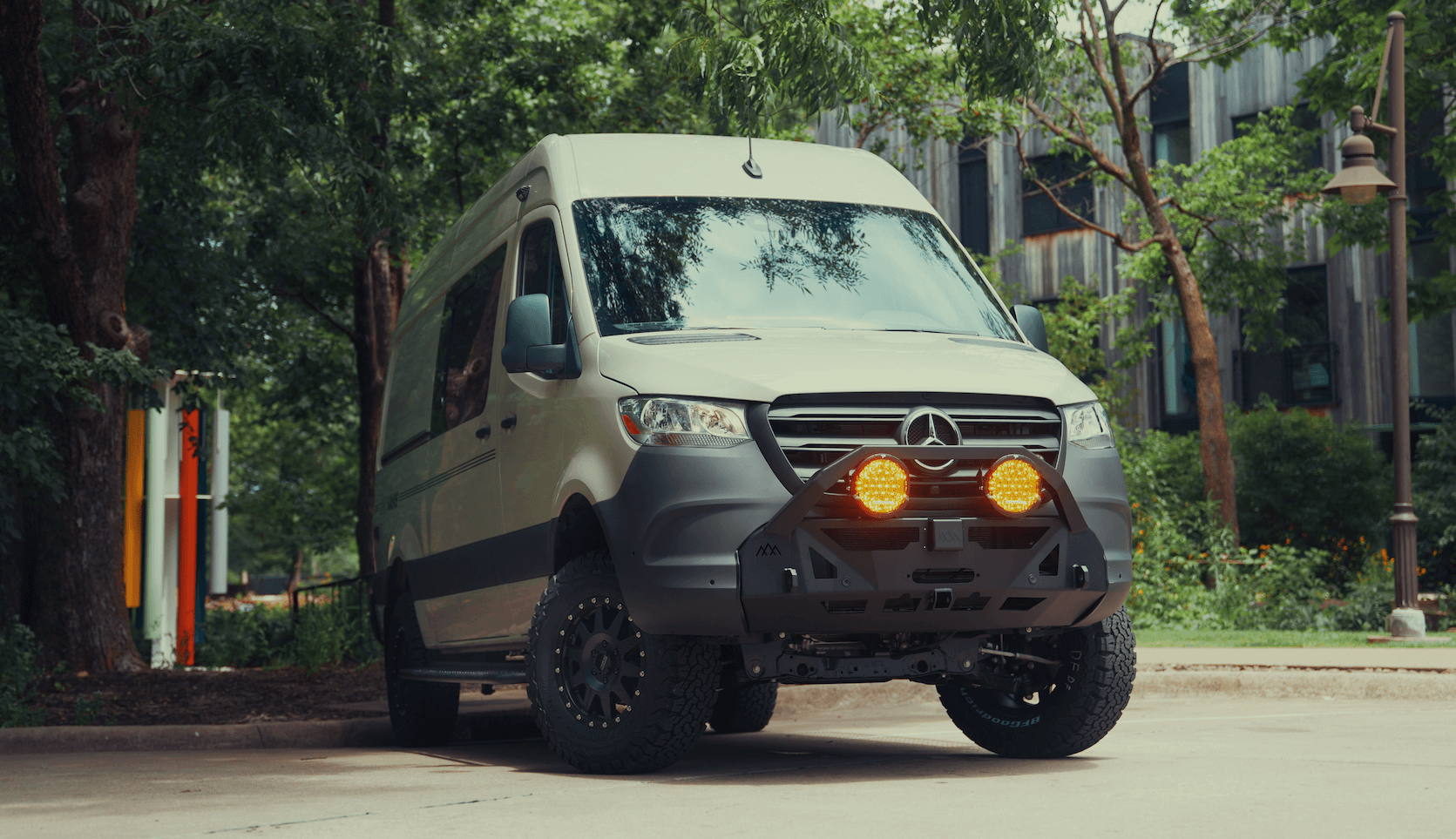Recreational Vans

Eight hours of air conditioning at a festival comes down to energy math and heat management. Start with the air conditioner nameplate values and the real world draw. A common rooftop unit around thirteen thousand five hundred BTU may pull twelve hundred to eighteen hundred watts while running, with a higher momentary start surge. Units with variable speed or a soft start will cut that surge, which matters when you size an inverter or generator.
Duty cycle drives total energy. If your AC averages fifty percent on time over eight hours at fifteen hundred watts, that is about six kilowatt hours. In a crowded van on a hot afternoon with frequent door openings, the duty cycle rises and the total energy demand can double. Your results depend on ambient temperature, solar gain on the roof and glass, interior insulation quality, and the number of people radiating heat inside.
Do a simple audit before the event. Measure the run current with a clamp meter or power monitor, take note of supply voltage, and record average cycling over an hour in comparable weather. Add a margin for hotter conditions on site. This baseline guides everything from battery size to generator capacity.
Festivals vary widely. Some offer paid hookups, many restrict generator hours, and most enforce noise and safety rules. The right approach for all day cooling is usually one of four paths.
Shore power is the simplest if it is available and rated properly. A thirty amp service at one hundred twenty volts provides plenty of capacity for a single AC plus other modest loads. Use a good cord set, check for GFCI, and avoid low voltage which can overheat compressors. Confirm the event rules on cords across walkways and use heavy duty cable covers where required.
Quiet inverter generators are common on the grounds where hookups do not exist. For many rooftop units, a two to three kilowatt inverter generator is the minimum practical size to handle both running draw and starting surge. A soft start reduces the surge and allows smaller machines to work more reliably. Expect fuel use in the range of a quarter to half a gallon per hour depending on load and ambient temperature. Position the generator downwind with the exhaust directed away from people and never run it inside an enclosure. Use a carbon monoxide alarm in the cabin, secure the fuel safely, and respect quiet hours.
Battery and inverter systems can deliver silent cooling for extended windows if the storage is sized correctly. Figure your kWh need first. Six to twelve kWh of usable lithium capacity is a realistic range for many eight hour goals, depending on climate and insulation. A three thousand watt pure sine inverter is a common choice for AC startup and continuous load. Higher voltage battery architectures improve efficiency and reduce current. Solar helps, but the array area on a vehicle rarely covers an entire day of AC on its own. Think of solar as a range extender, not the primary engine.
Hybrid strategies combine a generator and a battery bank. Run the generator during allowed hours to handle peak cooling and charge the battery, then switch to silent battery power during quiet hours. A smart charger sized to the generator keeps fuel use efficient and reduces run time. This approach often balances comfort with compliance on sites that restrict continuous generator operation.
Every degree you keep out of the cabin reduces energy demand. Shade is powerful. Park under trees when rules allow or deploy an awning on the sun side. Reflective window covers block radiant heat. Light colored exterior surfaces absorb less solar load than dark ones. Seal gaps and upgrade insulation where possible to reduce conductive heat gain.
Control the cabin. Pre cool before peak afternoon sun. Keep doors shut during the hottest hours. Use a fan to stir air and reduce stratification so the thermostat senses the real comfort level. In humid locations, remember the AC is removing moisture as well as heat, so avoid unnecessary ventilation that brings in more humidity during peak hours.
Selecting efficient cooling equipment helps. Modern DC compressor units and mini split systems can deliver impressive performance per watt and offer variable speed that matches load better than older fixed speed designs. A soft start on any compressor smooths out starting demand and can reduce nuisance trips on inverters or small generators. Portable units are easy to find but often struggle in vehicles since their exhaust can pull hot outside air back inside. If you use one, choose a dual hose design and seal the exhaust ports carefully.
If your plan calls for reliable cooling without guesswork, professional integration is the fastest path to a smooth weekend. Properly sized lithium storage, inverter selection, soft start installation, compliant wiring, and airflow improvements add up to quiet, steady comfort through the entire set list and beyond.
Sprinkle in the right partners when you want the system engineered and installed for your platform. Explore Recreational vans for travel ready foundations, look at Custom van builds for a system tailored to your use case, or consider Finance friendly vans if you prefer a platform that aligns with common lending.
Eight hours of cool air at a festival is achievable when the numbers, hardware, and safety all line up. If you would rather spend your time enjoying the music than managing power, we design and build complete AC and energy systems that run quiet, meet event rules, and keep your cabin comfortable. Tell us how you travel and we will craft the solution that fits.
Ready for festival proof cooling and power that just works? Book a build consult and we will design a quiet, safe, and efficient AC and energy system tailored to your platform. From lithium storage to soft start AC integration and compliant wiring, OZK Customs turns your wish list into a turn key rig. Start your build today.
ADDRESS:
6159 E Huntsville Rd, Fayetteville, AR 72701
PHONE:
(479) 326-9200
EMAIL:
info@ozkvans.com